The wild forms of the currently very popular medaka (Oryzias) also appear in the trade from time to time in the wake of imports of the cultivated forms of these animals, whereas they were previously very specialized fish. The genus Oryzias – in addition to the popular Japanese name “medaka”, they are also known as rice mollies – currently comprises 34 recognized species.
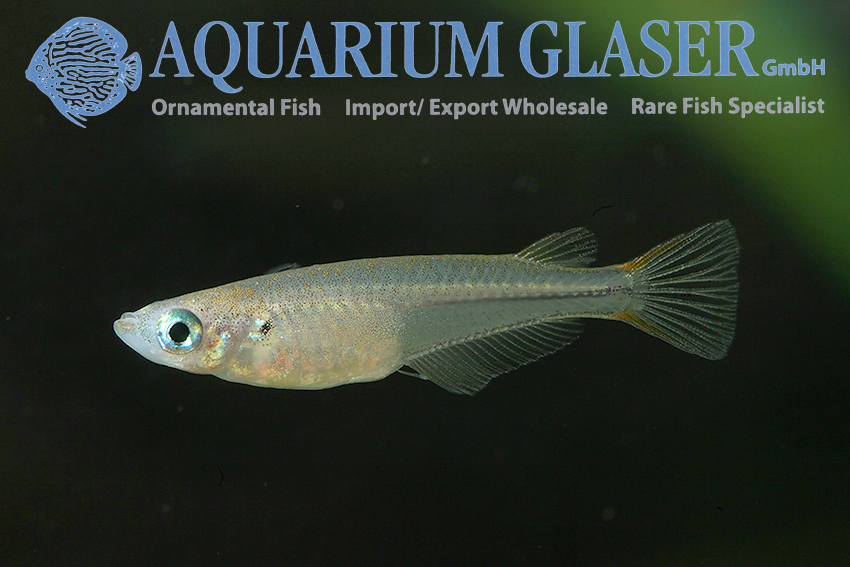
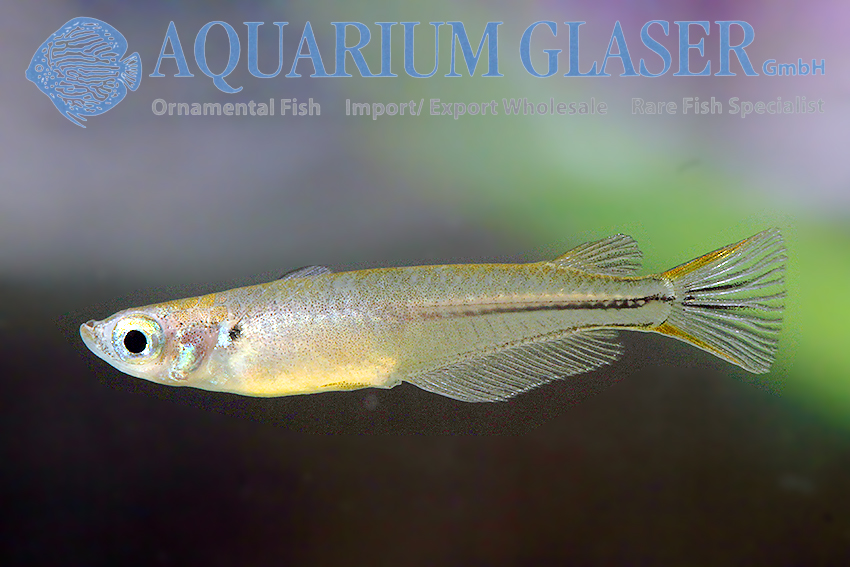
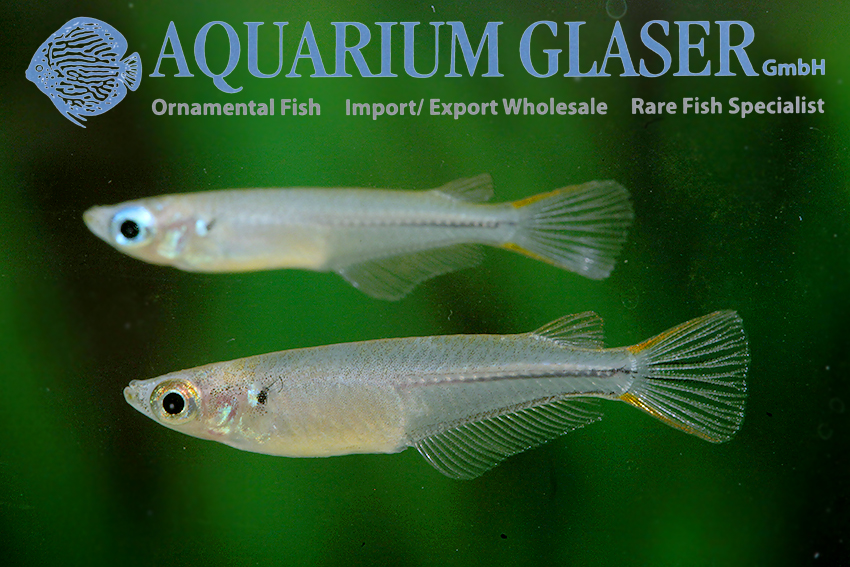
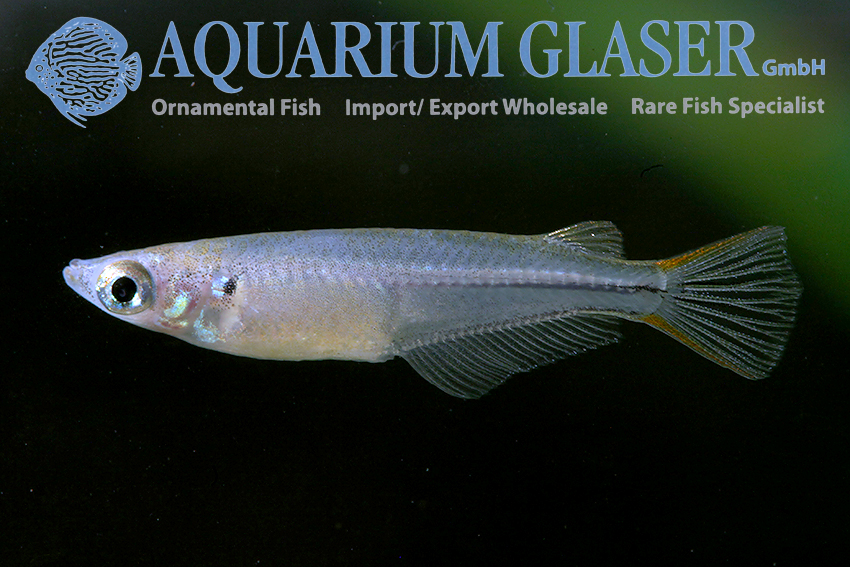
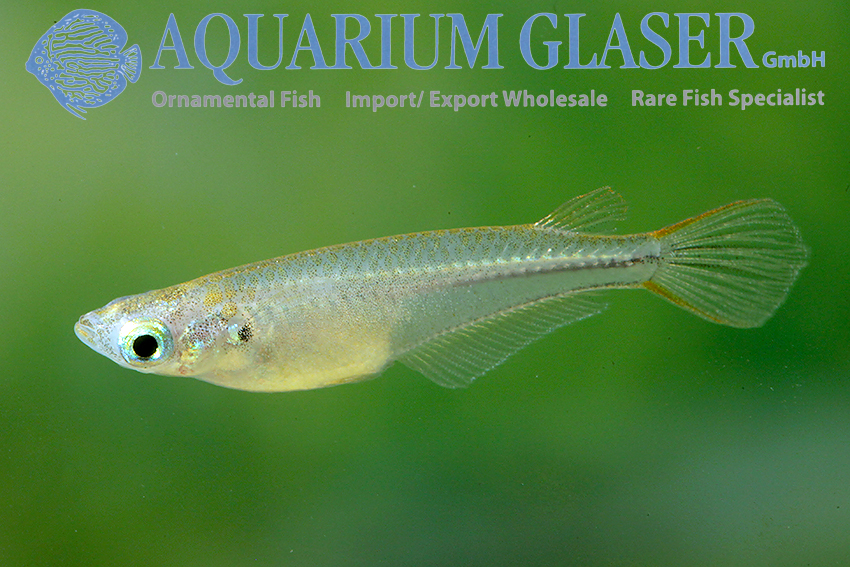
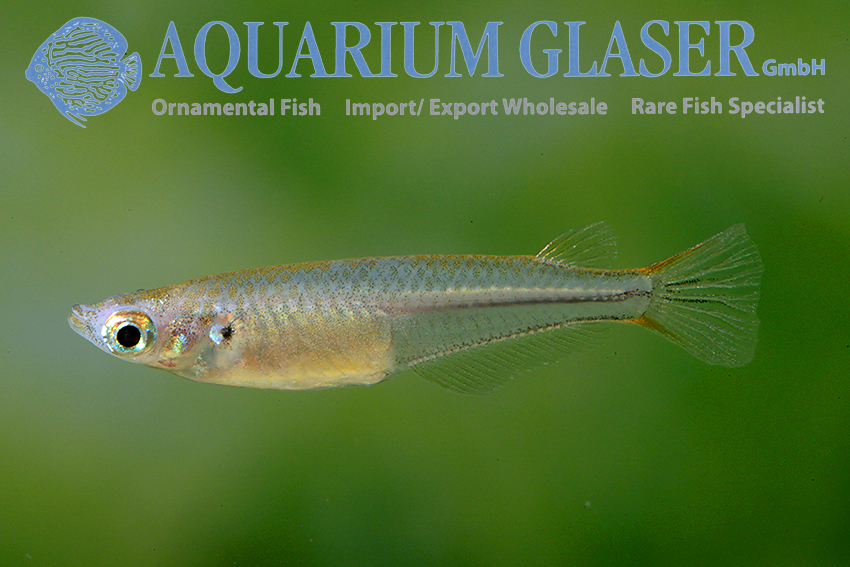
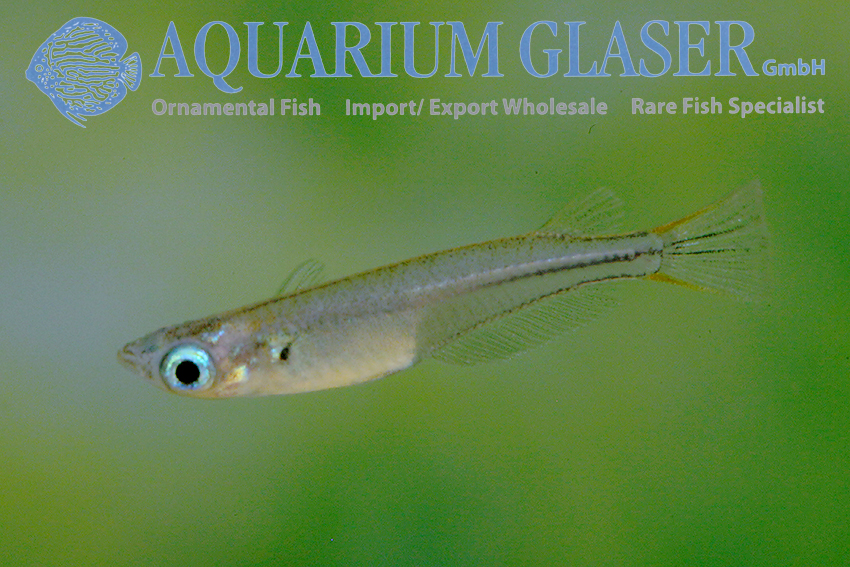
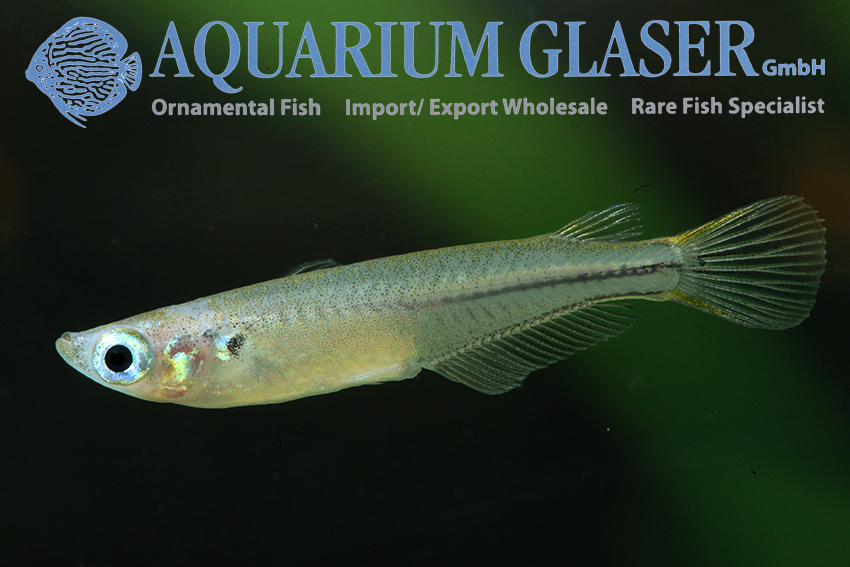
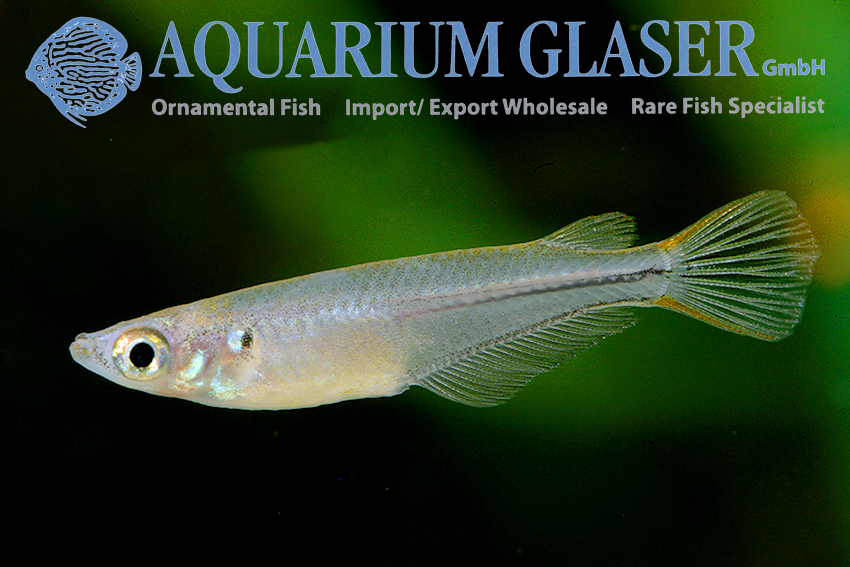
One of the still mysterious species among them is Oryzias pectoralis, which was scientifically described in 1998. Tyson Roberts, who described the species, tells the story of its discovery as follows: „The type series was obtained from a young girl walking on the roadside one or two km south of Laksao town with a small basket mainly filled with mollusks but also with aquatic insects, prawns and fishes that she had caught in a rice paddy nearby, hence the specimens are only in fair condition.( FS note: this should definitely mean: only in moderately fair condition). Apart from the type series, I have seen a somewhat larger sample with some much smaller individuals, every one with a black spot on the pectoral fin base (this sample was obtained near Laksao during aquatic impact assessment by consultants working for Team Consulting Co. and the Nam Theun 2 Project Development Group). The spot is therefore characteristic of quite small juveniles as well as adults of both sexes.“
Since the only reliable distinguishing feature that Roberts gave in relation to other Oryzias species is the black spot at the base of the pectoral fin, the validity of O. pectoralis has often been questioned. However, we currently have Oryzias in stock from Vietnam, all of which show the famous black spot. Unfortunately, there are only relatively few specimens (approx. 50 specimens). It is very interesting that there are animals with bright blue and copper-red eye rigs in the shoal. This characteristic is apparently not sex-specific.
Perhaps these Oryzias will end up in the hands of enthusiasts who, through long-term breeding, will find out which hereditary rules are behind the different colored eyes.
The care and breeding of this small species, which is only 3 cm long at most, is simple, they are completely peaceful fish with no special requirements in terms of water composition and will readily accept any suitable, sufficiently small ornamental fish food. The water temperature can range from 22-28°C, a little more or less won’t do any harm.
For our customers: the animals have code 339792 on our stocklist. Please note that we only supply the wholesale trade.
Text & photos: Frank Schäfer




